About Water Gardening
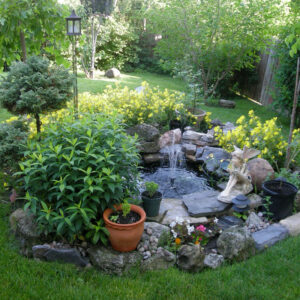
1. Water, water everywhere.
Water in the garden is such a natural fit that every garden should have some. You can go big with a pond and a stream or small with a container full of aquatic plants; whatever you do, the rules are essentially the same. You need at least three different kinds of plants: oxygenators such as hornwort, deep water plants such as water lily and a floating plant such as duckweed or water hyacinth to provide sun cover. This variety will keep your pond fresh and healthy.
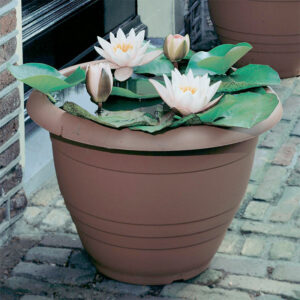
2. Container ponds.
Starting small with a container water garden is one way to get introduced to the challenge and fascination of water gardening. Why not start by trying to grow a lovely water lily in a pot? Start with a large water tight container, at least 18 inches deep by 36 inches in diameter. This will hold the water. Plant the lily in a smaller 10-inch-deep by 8-inch pot filled with heavy soil (not potting mix), laying the rhizome on the top of a three-quarter filled pot with the growing tip toward the centre of the pot. Cover all but the tip with the remaining soil. At this point you can add some gravel on top of the soil or you can wrap the whole thing in some burlap. This is to keep the soil from floating away when you submerge your potted water lily in the larger pot. Place the growing tip just below the surface of the water.
3. Depth sensitive plants.
Many aquatic plants are depth sensitive, so choose your aquatic plants with care and have a plan in mind as to how they will be planted. Garden centres have all sorts of clever accessories to ensure that plants are given the right water garden home.
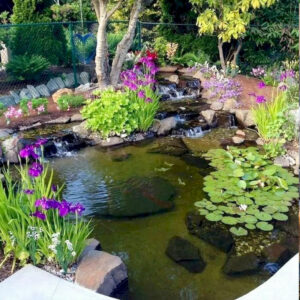
4. Five levels.
In any water environment, you will note that certain plants have adapted to specific conditions. In general they are categorized by planting depth. The marginal plants that like to have wet feet in about six inches of water near the edges of ponds are plants such as the tall and striking Iris pseudacorus, double marsh marigolds and cattails. Deep water (at least 12- to 18-inch) plants include water lilies and lotuses. You will want to add free floating plants such as the tiny duckweed or water hyacinth to provide shade in your pond. The submerged plants are your aerators or oxygenating plants such as hornwort, water thyme and parrot feathers. These plants also use up nutrients to compete with algae. Finally, there are the bog plants that grow where it’s very wet but whose roots are not submerged.
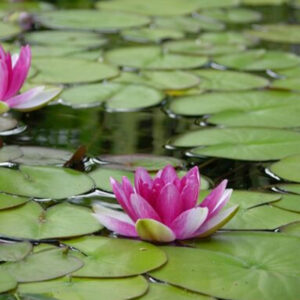
5. Breathing in water.
Plants breathe through a process of diffusion. They take in air from water through tiny holes in leaves, stems and roots which have specialized spaces or air channels that help them expel the waste gases. These vessels are called aerenchyma.
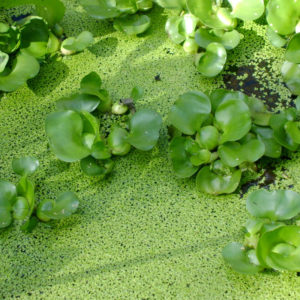
6. How much duckweed is too much duckweed?
The purpose of floating plants is to provide shade that will discourage algae. About 50 to 75 per cent of the surface should be covered by a floater, which could include the leaves of a water lily. Some floaters are very prolific so you may have to cull them from time to time.
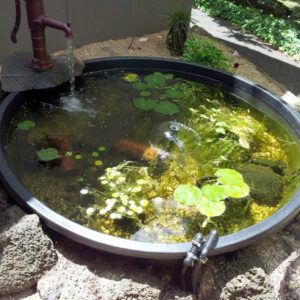
7. Keep it moving.
A small fountain pump can keep the water in your pond moving to discourage mosquitoes and aerate the water. You can also install a bubble aerator to discourage algae in your water garden.
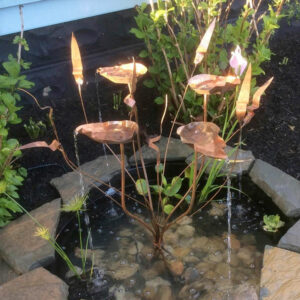
8. Copper in ponds.
Copper kills algae, so many people add a little copper sulfate to their ponds. Be cautious, though. If you use too much, it can kill your fish. There are a number of commercial products containing copper sulfate. Follow the directions.
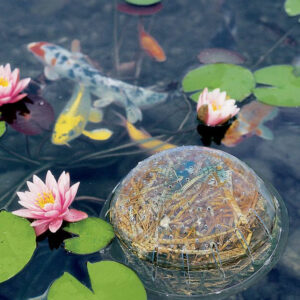
9. Barley straw.
Place barley straw in your pond where there is a good flow of air and water. The barley straw will break down and add hydrogen peroxide, and in so doing, inhibit or prevent the growth of algae. If not sold commercially in your area, you can put ordinary barley straw in nylon bags that are located half in and half out of the water to encourage decay, which is what activates the natural ingredients.
10. Bti in the pond.
Bti (Bacillus thuringiensis israelensis) sold as “mosquito dunks’ will kill mosquito larvae without harming plants, pets, birds or people. It is a naturally occurring bacteria that is targeted at mosquito larvae (and a perfect addition to your water garden)
First edition was launched on August 25, 2009



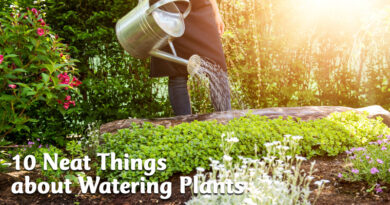
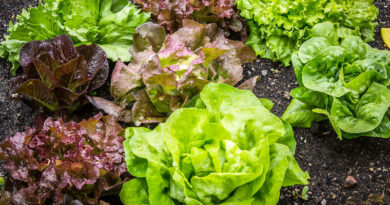
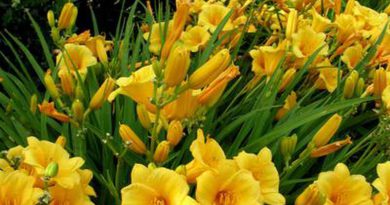
Pingback: The Gardener Show Aug 25 - Canada's LOCAL Gardener magazine